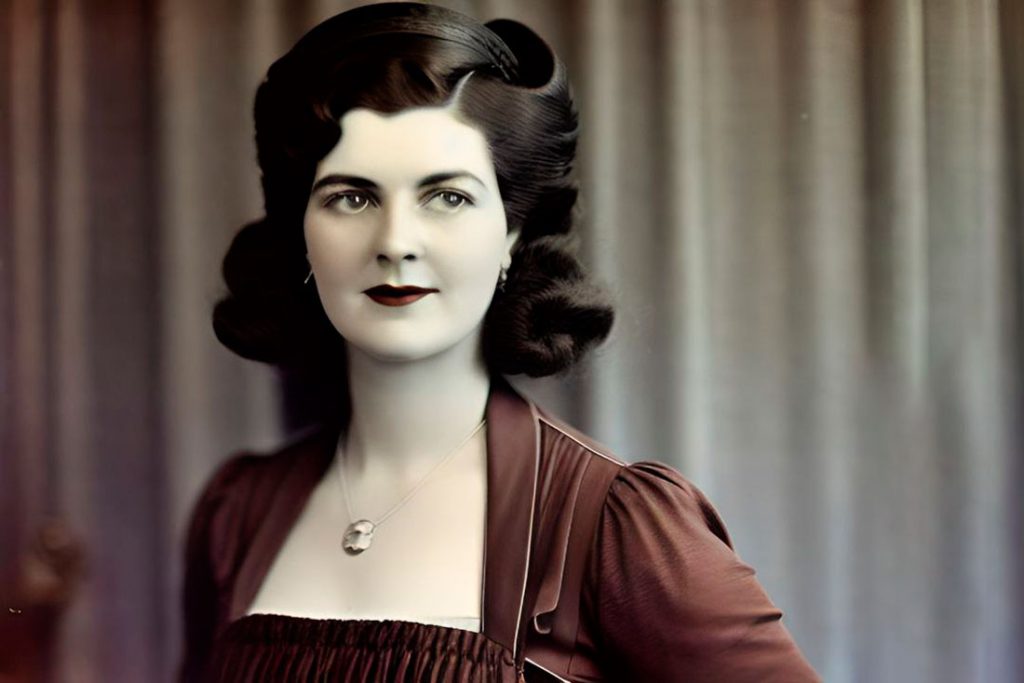Glamour and Innovation: A Look into the Cosmetology Revolution of the 1930s
Explore the transformative era of the 1930s when revolutionary hair and makeup techniques took center stage in the world of beauty. From the introduction of the machine-free perm to the evolution of makeup trends influenced by Hollywood, this article delves into how the decade’s innovations continue to shape today’s cosmetology industry.

1930s hairstyle
The 1930s marked an era of transformation in the world of cosmetology. This decade saw significant advancements in hair and makeup techniques, as well as the introduction of products that continue to shape the beauty industry today.
In terms of hairstyles, the 1930s were all about waves. Women transitioned from short hair to shoulder-length styles, and bangs became increasingly popular. The hairstyles ranged from loose to crisp waves, with hair parts sweeping to the side or down the middle. As the decade progressed, women started to gravitate more towards shoulder-length hair.
Men’s hairstyles of this era were neat, clean, and tapered down to nothing at the nape, blending up into a longer top length with a side part. This style has evolved into what we now call the fade. Notably, it was often paired with a pencil moustache, inspired by celebrities such as Clark Gable and Errol Flynn.
Two chemists, Ralph L. Evans and Everett G. McDonough, pioneered a significant advancement in perming in 1932. They developed a machine-free method that used the heat generated by a chemical reaction to create long-lasting curls. This technique involved winding small, flexible pads containing a chemical mixture around hair strands. When these clamps were moistened with water, the released chemical heat formed durable curls.
Makeup in the 1930s represented a clear departure from the norm of the 1920s, pushing femininity to the forefront. Hollywood stars like Marlene Dietrich, Greta Garbo, and Carole Lombard inspired women to embrace glamorous, feminine styles with pale ivory foundations for a soft and delicate look. Pencil-thin eyebrows were also a trend, often drawn higher on the face for emotional expressiveness, especially on screen. Eyeshadows saw an evolution in color with shades like green, blue, and pink becoming popular. Cake mascara was used for long, luscious lashes, and it was completely waterproof, providing a glamorous look.
Charles Revson of Revlon fame marked a dramatic shift in nail cosmetics when he marketed the original pigment-based nail polish, which we would recognize as nail polish today. This development made an array of nail lacquers available, a trend that was glamorized by early screen sirens like Jean Harlow and Gloria Swanson, who appeared in films wearing matching polish on their fingers and toes. Unfortunately, I couldn’t find more detailed information about Charles Revson’s contribution to nail polish at this time.
In 1932, Lawrence Gelb, a New York chemist, introduced the first permanent hair color product that penetrated the hair shaft, rather than just coating it, and founded a company called Clairol. A few years later, in 1935, Max Factor created pancake makeup to make movie actors’ skin look natural on color film. This product eventually became available to the general public. In 1938, Arnold F. Willatt invented the cold wave, the precursor to the modern perm, which used no machines or heat to curl hair.
The 1930s was a time of significant change and innovation in the world of cosmetology. These developments have had a lasting impact on beauty trends and continue to influence the industry today.






